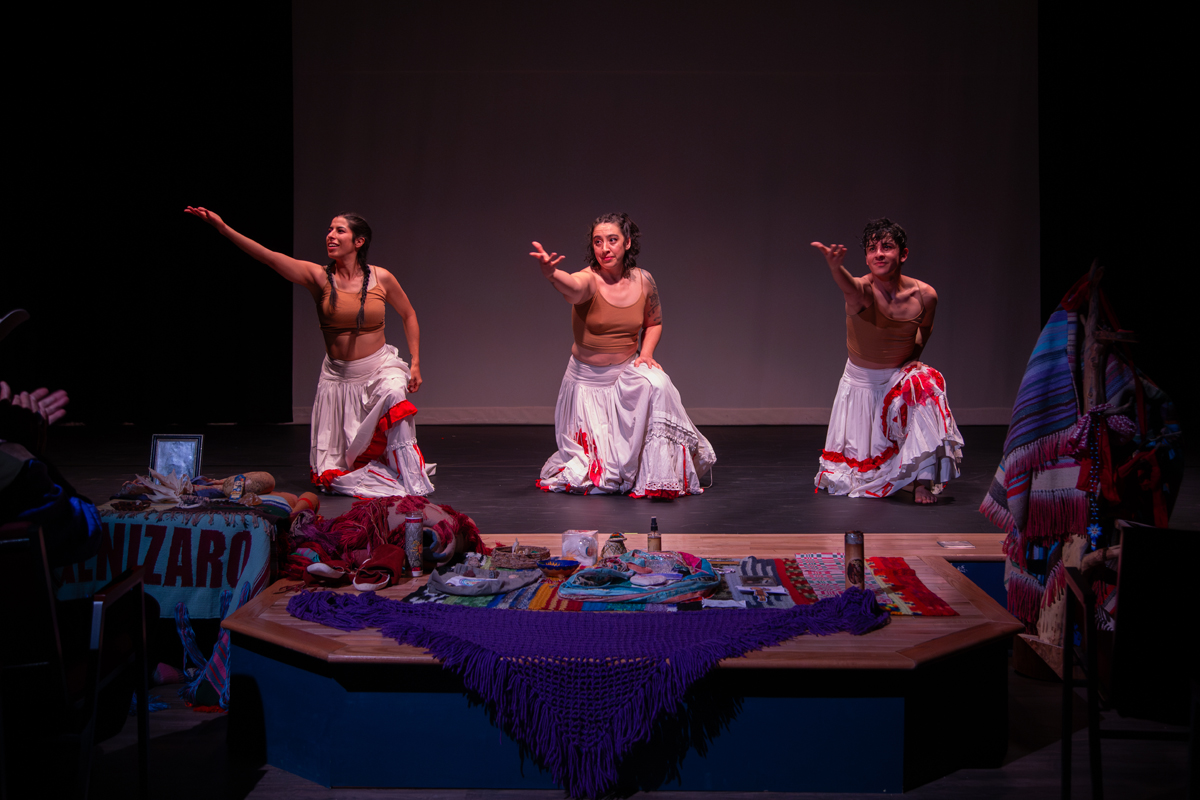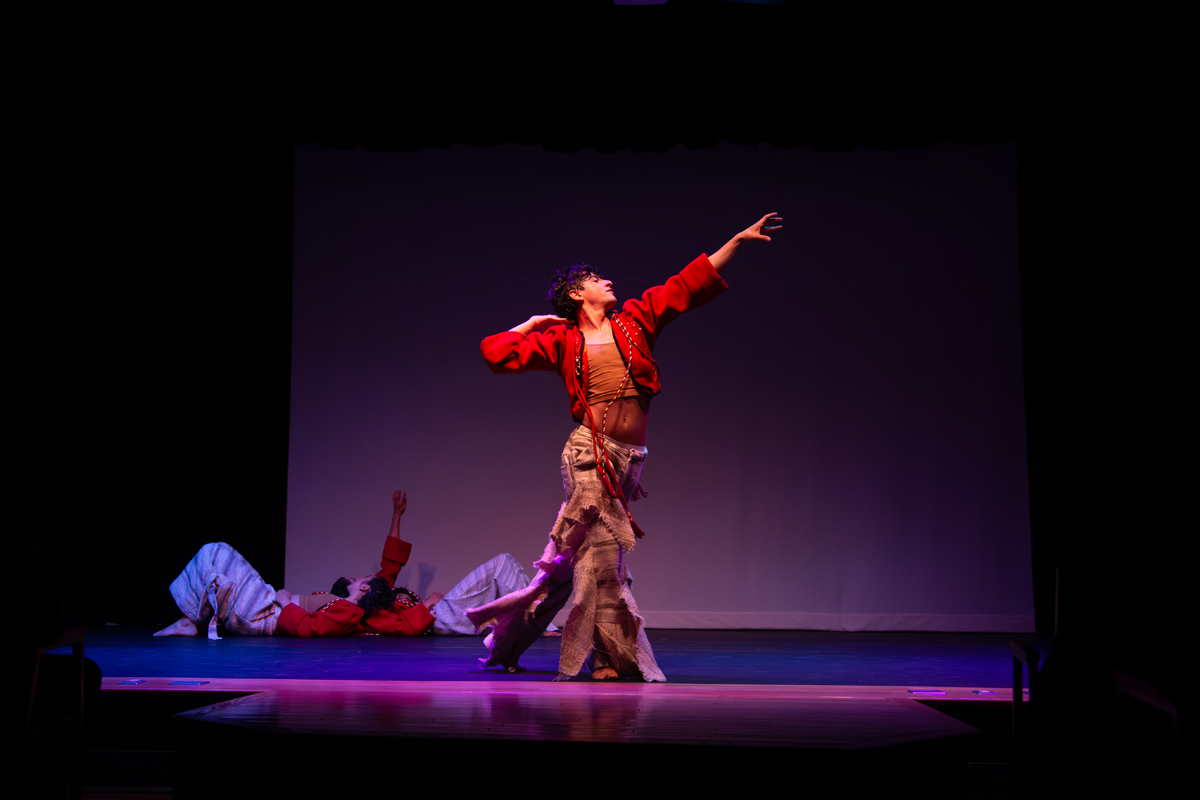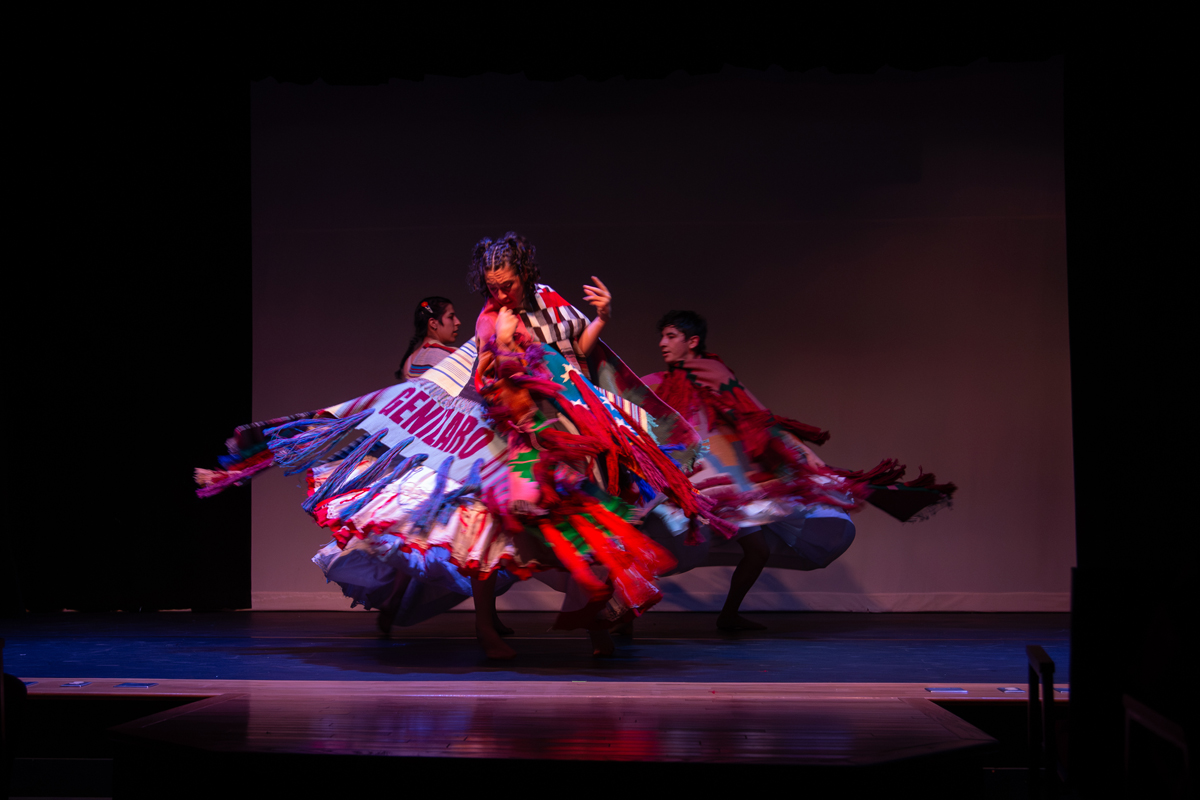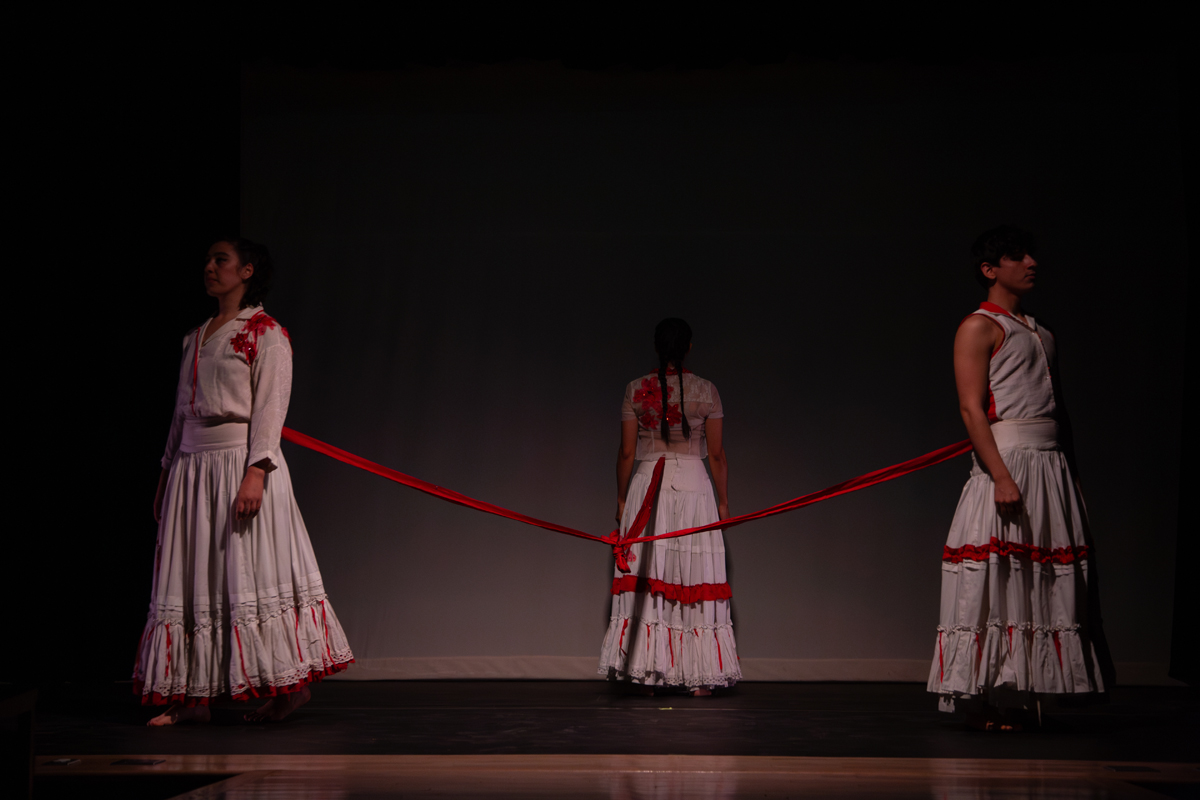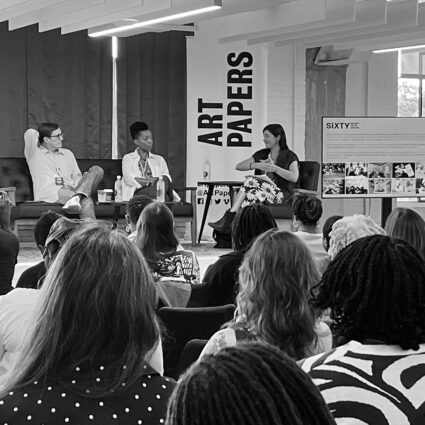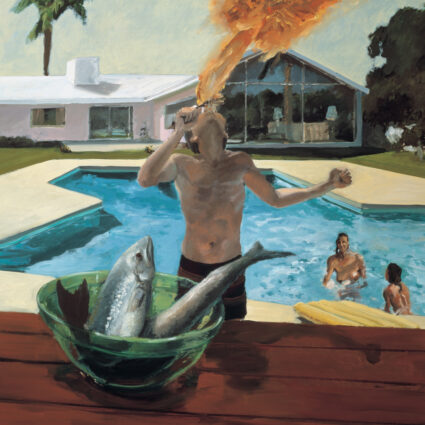New Mexico’s UNBOUND performance project builds on historical research about Indigenous slavery through intuitive “deep listening” between artists, ancestors, and community.
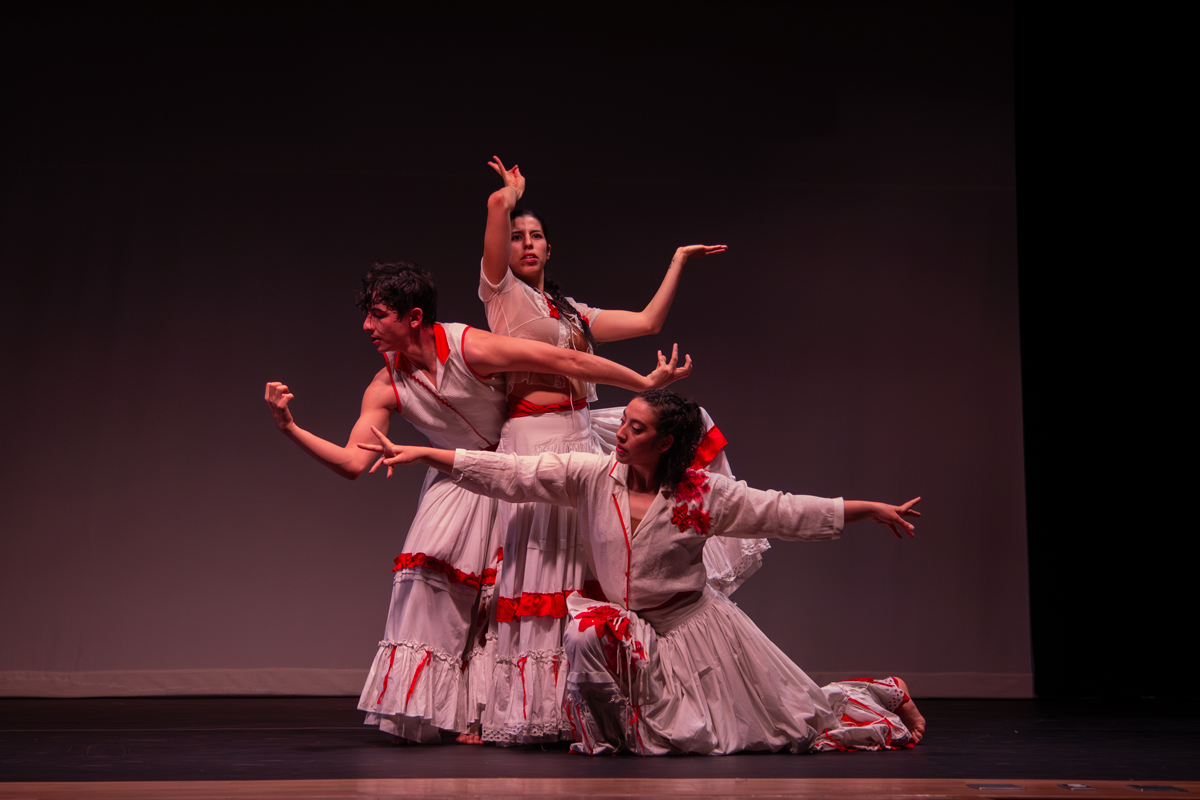
“This is the start of a life’s work for me,” says artist Sarah Hogland-Gurulé of UNBOUND, the community-powered performance project she both directs and dances in. Premiering this past February at Wildflower Playhouse in Taos, New Mexico, UNBOUND is poised to continue its statewide tour later this month, inviting audiences in three more New Mexico cities to confront and honor long-suppressed Genízaro stories. “This is a responsibility I’ve been given,” Hogland-Gurulé continues, “to be one node of a web of people reckoning with this history.”
Genízaro lineages stem from over three hundred years of Spanish imperial policy funding the abduction, purchase, and enslavement of Indigenous peoples. Though widespread and well-documented, formal as well as anecdotal acknowledgement of Indigenous slavery in the Americas has been chronically lacking, even before the recent anti-DEI scrubs of government websites and libraries.
My family… never used the word ‘slavery’ to describe the relationship between my great-great-grandparents.
My family, for instance, never used the word “slavery” to describe the relationship between my great-great-grandparents, one of whom was purchased by the other for forced household and then reproductive labor. Disturbing genealogical tales like this are unfortunately very common among families with Southwestern roots at least a few generations deep, lending a bitter taste to the “melting pot” mythology of which our region is so proud.
However, UNBOUND’s masterful layering of poetry, movement, regalia, and music magics a pathway through the atrocities and erasure common to Genízaro identity. Directly addressing historical truth while keeping the focus on togetherness, healing, and growth, UNBOUND imagines time as a river simultaneously bonding past, present, and future ancestors.
“We’re dreaming for all those generations who didn’t get to,” says UNBOUND dancer Gabriel Carrion-Gonzales, describing the intergenerational ethos of care embedded in the performance ritual. In the program booklet, the cast writes of their development work in Peñasco, NM, “[When] we asked our ancestors directly, they made it clear that their inner worlds were rich, even when their outer realities were bleak. In their dreams, they could connect with everything they longed for.”
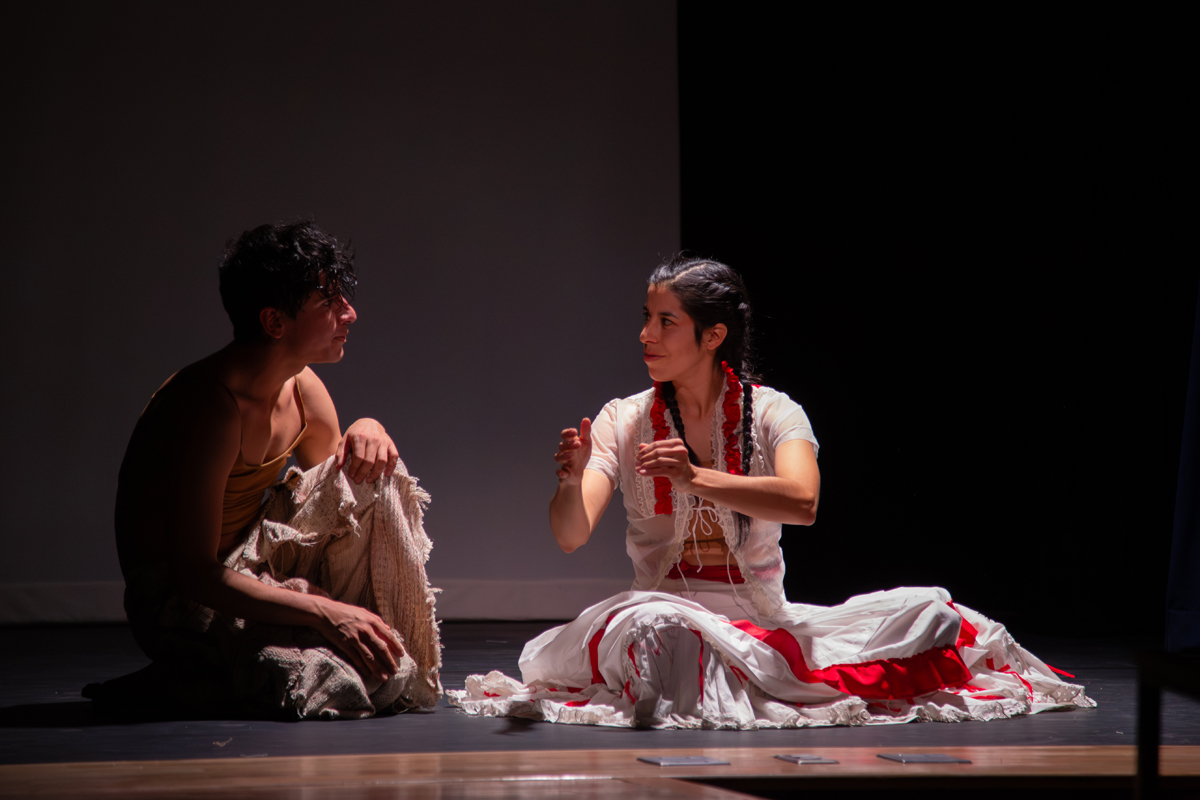
The cast’s expansive tenderness toward relatives past, present, and future is evident throughout the show, beginning with the historical introduction by Comanche and Genízaro scholar Dr. Gregorio Gonzales. Acknowledging Genízaro origins in detribalized, Hispanicized, and enslaved Indigenous peoples, Gonzales goes on to clarify that we must reframe our sense of the contemporary identity to prioritize the unique and varied cultures cultivated in Genízaro communities over the centuries since.
UNBOUND’s ambitious program goes on to do just that, highlighting not only the nuanced cultural storytelling of Genízaro performers Hogland-Gurulé, Carrion-Gonzales, and Lupita Salazar, but also preserving a vast expressive register sourced from embodied research and site-specific community workshops.
In crafting the choreography for UNBOUND, the cast drew on a methodology known as “deep listening” to tap into ancestral knowledge tacitly passed down over generations. One movement exercise, for example, prompted each dancer to reenact their own common hand gestures, followed by those of their parents and grandparents. Building on these personal and ancestral motions, the dancers then began to imagine the movements of relatives and caretakers four, five, six, seven generations back. Beyond conducting these exercises within the cast, UNBOUND performers also developed their choreography alongside community members that attended workshops they presented in cities that would later comprise their 2025 tour route.
The performers’ evocative, heirloom movements layer hundreds of interconnected subjectivities.
Quite literally fleshing out the more academic side of their research, which includes historical texts, interviews, genealogical tracing, and resources from Native Bound Unbound: Archive of Indigenous Slavery, UNBOUND animates the long-silenced narratives within the archive and unearths epigenetic memories echoing within contemporary Genízaro bodies.
The performers’ evocative, heirloom movements (lovingly accentuated through costumes by Josh Tafoya and Angelica Skonieczka, and music by Ehren Kee Natay) layer hundreds of interconnected subjectivities to address themes like connection and disconnection, the care and violence we show only those closest to us, fatigue and play in the face of impossible conditions, and the ceaseless transmission of knowledge over generations.
In a present moment marked by deportations without due process, plans to further steal and destroy Indigenous lands, slashed budgets for art and public health, and intensified federal intolerance toward just about any type of human diversity, the themes and methodologies outlined by UNBOUND become more and more important by the day. The performers’ committed demonstration of embodied wisdom and our deep capacity for connection reminded me of how enduring unconditional love and creativity are, even amid the bleakest societal moments.
Clearly, I was not the only one, as both the audience—and the list of supporters in the program booklet—were packed. Even my partner, who has trouble with tight crowds, was moved by the closing reception featuring Comanche dances and homemade posole, which gave attendees, previously separated and anonymized by dark theater seating, space to reconnect. While the program will undoubtedly change due to the cast’s site-specific research and community-building, I can’t recommend attending one of the tour dates enough. It’s the medicine and instruction we need.
